Creating Students Who Solve Problems
They reduce the opportunities to explore creativity in subjects. If we want to create students that solve problems, we need to start from the beginning.
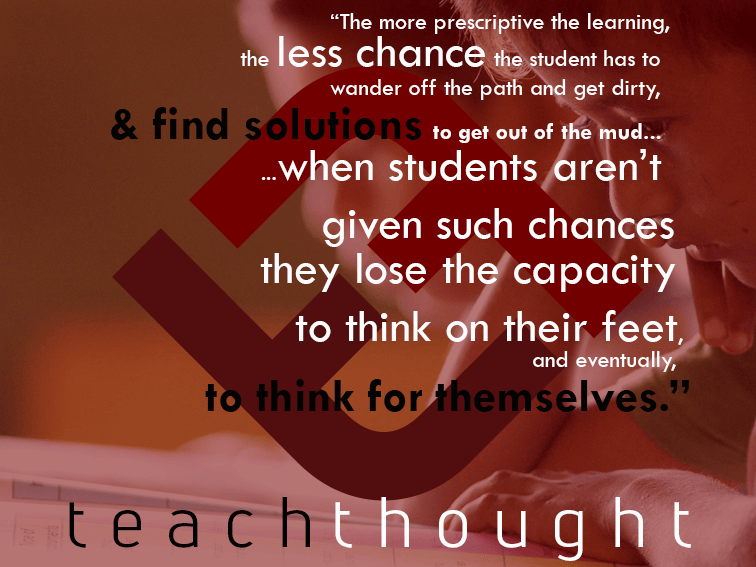
They reduce the opportunities to explore creativity in subjects. If we want to create students that solve problems, we need to start from the beginning.
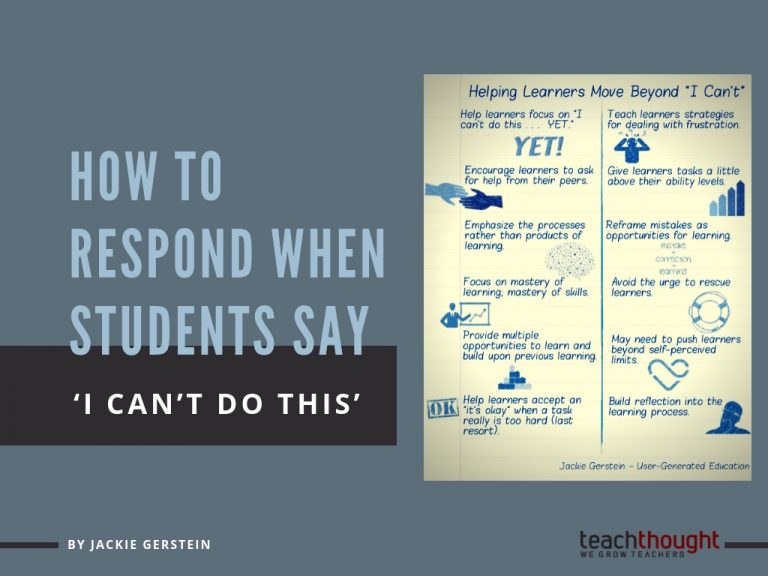
How can you help your students develop a growth mindset? Ask them to add ‘yet’ to the end of their ‘I can’t do this’ statements.
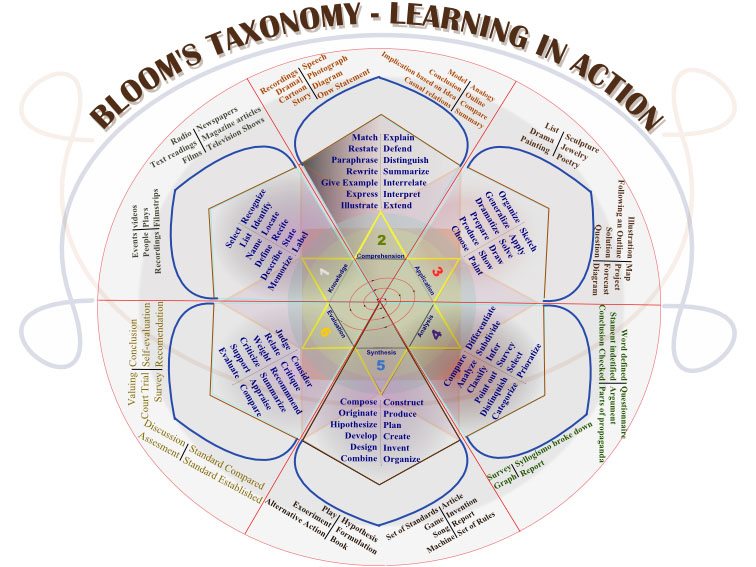
For teachers, promoting critical thinking in online courses is a matter of combining engagement, inquiry, and higher-level questioning.

Working hard also means being smart. Prioritizing, collaborating, and working with a ‘do less’ partner can all help you reduce your workload as a teacher.
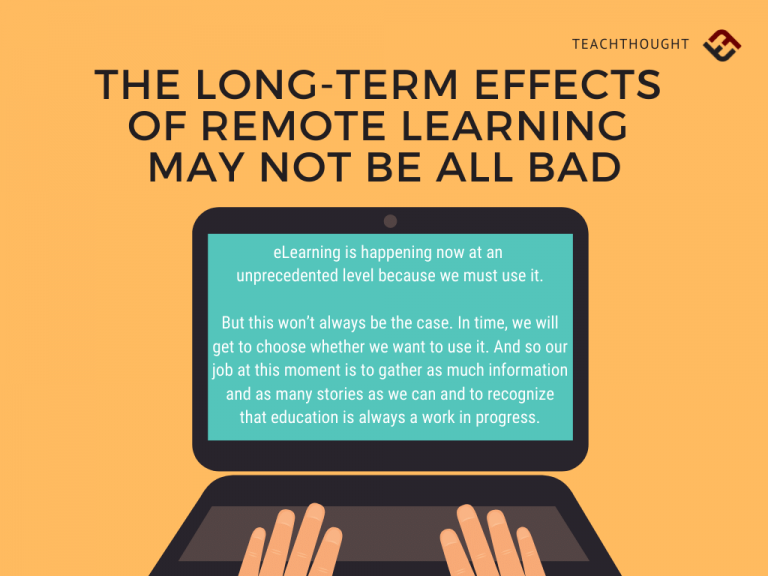
Effects of remote learning include new technological skills and resources, and helping students charge of their own education.
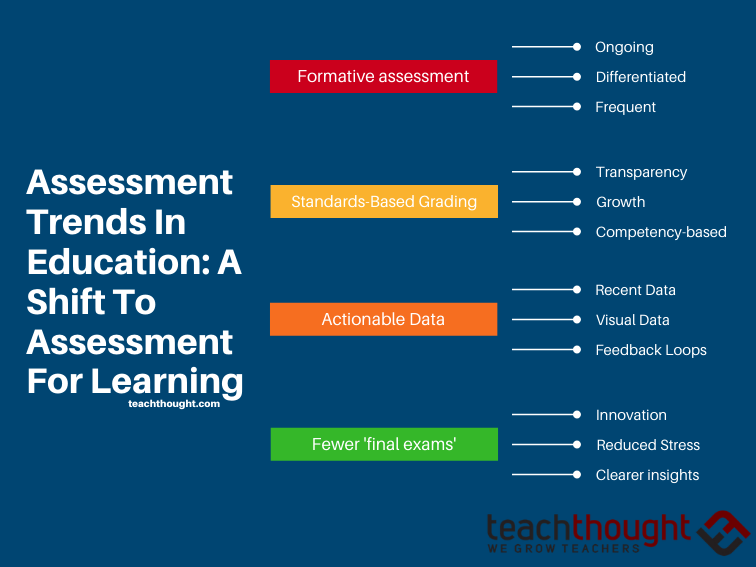
Throughout the K-12 learning landscape, assessment practices are changing to embrace assessment for learning, not assessment of learning.
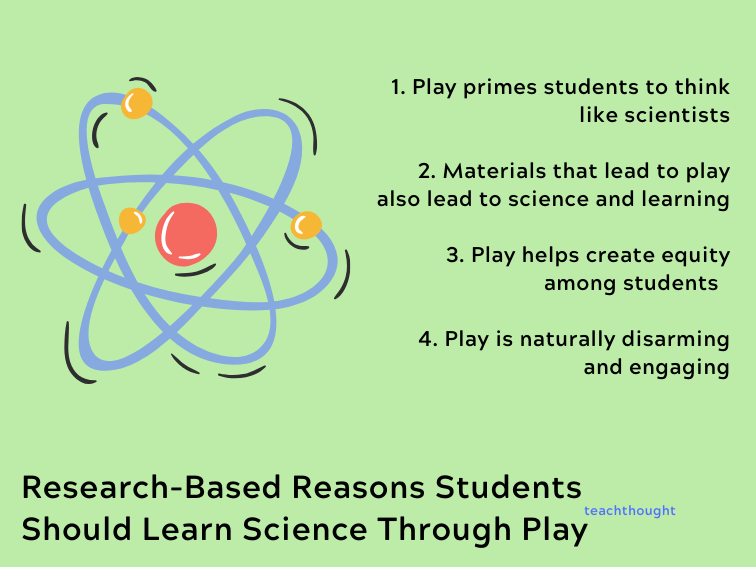
Learning science is a dynamic, spiraling, evolving, inherently playful process that promotes creativity and critical thinking.
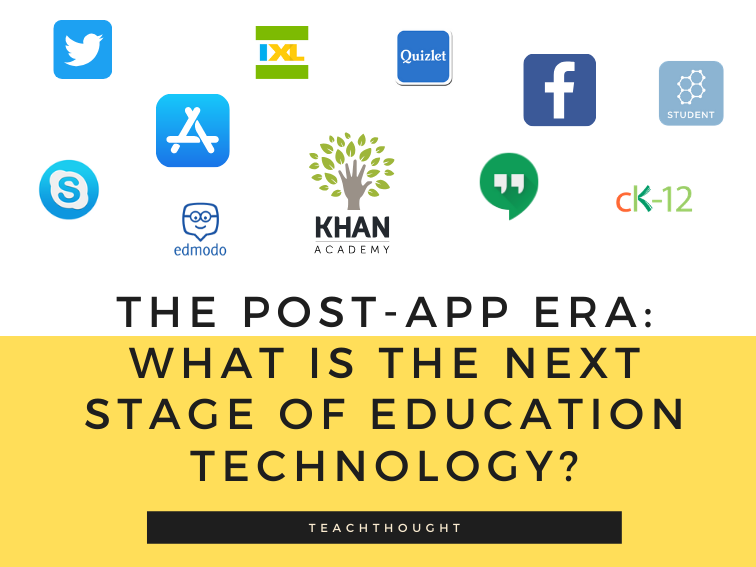
The stages of education technology include a ‘post-app’ era characterized by blended learning and genuine mobility in communities native to the learner.
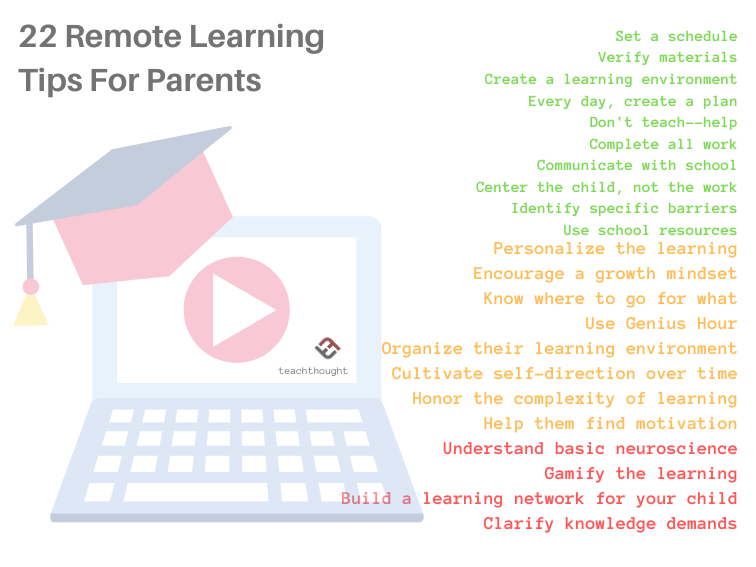
Remote learning tips for parents include focusing on the child’s well-being, creating a schedule, providing resources, and making sure work is complete.
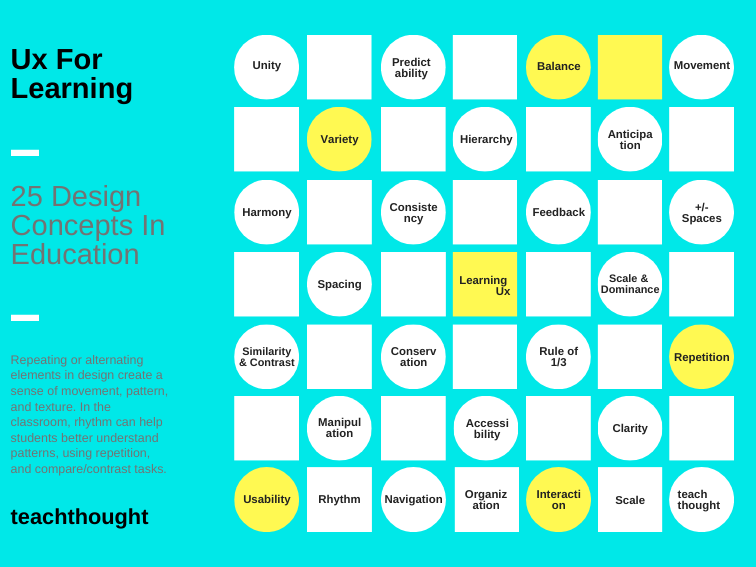
Designers use movement to guide viewers with lines, shapes, and colors. Educators can use this principle, guiding students to key ideas.
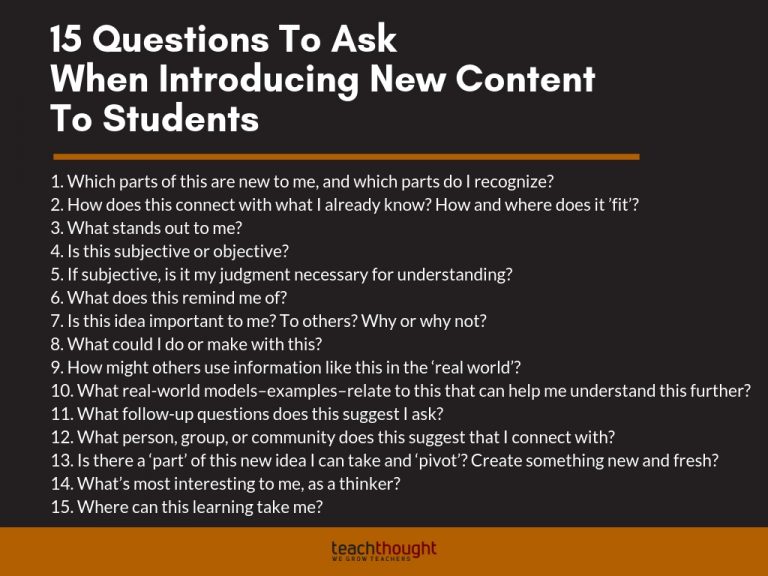
When introducing students to new content, the right questions and language can help disarm uncertainty and encourage a growth mindset.
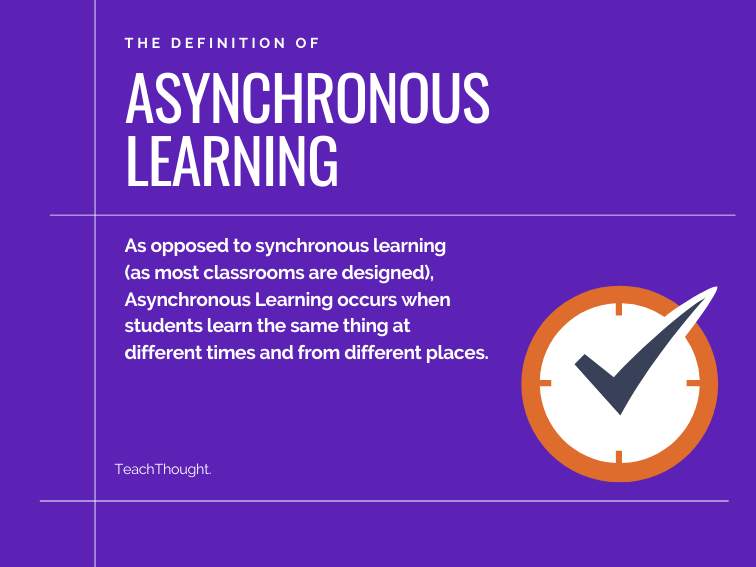
Synchronous learning is like network television while asynchronous learning is like Netflix.